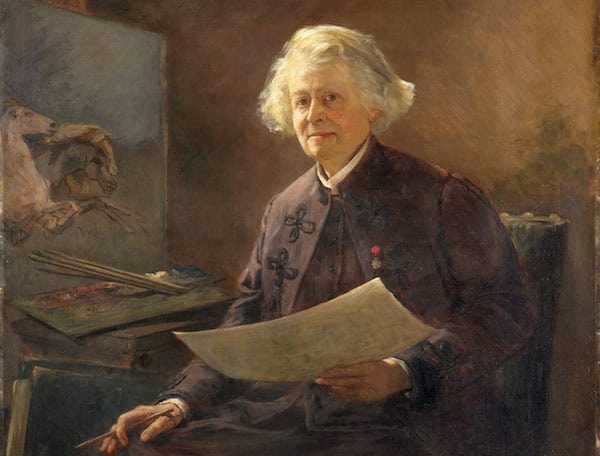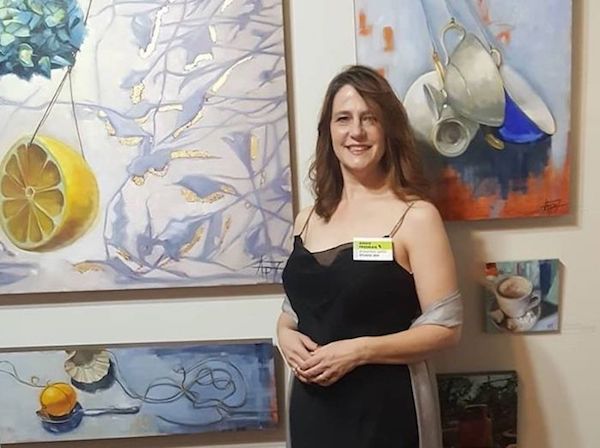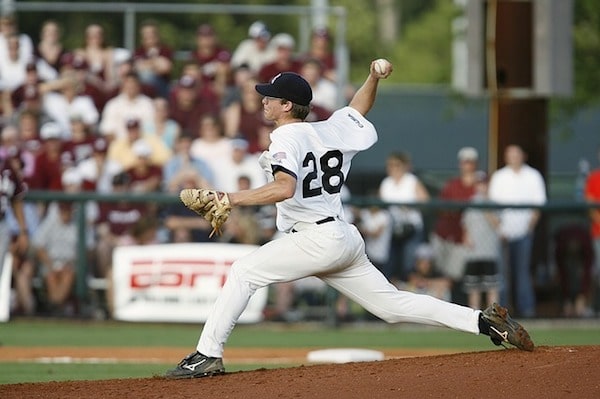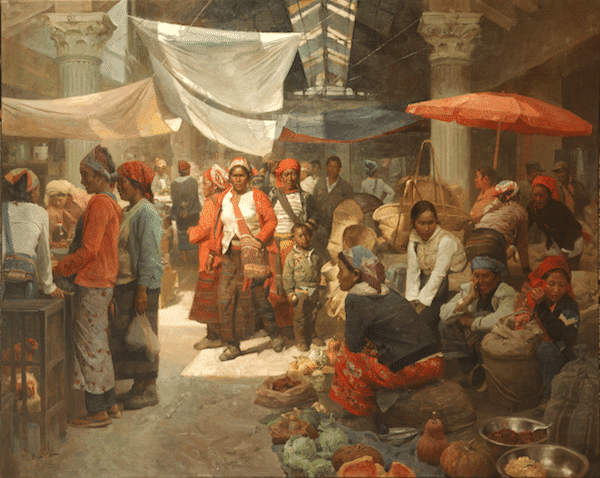
Artists today are faced with the problem of being more than just studio makers as the art world is increasingly professionalized. We often need press and promotion skills, writing talent, image editing knowledge, and of course the time to devote to this aspect of our practice. Many artists say their least favorite studio activity is the paperwork. But, if you view the application as an opportunity to practice your writing craft and develop new language for the themes and content relative to your work, applying for art opportunities can be both enlightening and intellectually engaging. Ideally, it should be feeding back into your practice.
My first advice is to find an editor whom you trust that you can work with to review your written materials. This editor can be a qualified friend or a professional contact. I’ve worked with both. Of course you will pay your editor for their time — hourly rates vary, so it’s best to ask them what form of payment they accept. If you don’t have a lot of money, inquire if your editor would accept barter or trade for services in kind — perhaps an artwork or bartered skill can make up the difference. Similarly, if you team up with another artist who needs a reader, you can help each other out on your applications. Invite multiple artist friends to form a community of assistance. We’re all in this boat together.
I also recommend that you include relevant images of past works as well as some kind of concrete visual images for the new work proposed. Often, the best indicator of future success is what you’ve been able to accomplish in the past. My submission for the Clark Hulings Foundation application was a mixture of past works as well as information about the new project. I made sure to include images of the sites that I would be exhibiting in, so that the review committee would have a clear idea of the significance of the exhibition spaces where my work would be installed. Also, it’s very helpful if you can show ‘proof of concept’ even if it’s a digital mockup or scanned drawing of your plans. This really helps the committee see what your vision is for the work. Too often I’ve heard great ideas that don’t make it to paper and die a tragic little death in the artist’s mind. The first step to actualizing your practice is getting your ideas out into the world, even if it’s just a simple drawing.
With that said, be ambitious. Don’t be afraid to ask for more than what you need as unexpected costs can accrue. Be very specific in your itemized budget — you really can’t give too much information about how the granting organization’s money is going to be spent. Learn how to build a spreadsheet and use it — categorize your costs into studio supplies, research and development, site visits, installation costs, press and promotion, as well as hiring a good documentation photographer. Consult the internet and actual professionals on the going rates for items. Look up what federal mileage allowance is, or how much your preferred oil paint is — citing these exact figures makes your grant more credible when you’ve done your homework. Also, if the grant allows, make sure you pay yourself! It’s an unfortunate reality that many times artists aren’t paid for their labor. Check with the granting organization on whether or not you can write your stipend into your budget. And, keep in mind that many grants (unless you use a fiscal sponsor) are taxable and your expenses need to be accounted for.
A reminder: keep an up-to-date website on your current practice with a relevant CV, high-quality images, and preferably writing about individual projects. An artist who doesn’t have an up-to-date website often misses out on new opportunities, such as a curator who might be looking for new work with a specific theme, or another artist who is sharing your work with their friends. Learn about SEO (search engine optimization) and how to write about your work so that it can be found online.
Finally, do your homework! There are lots of artists that will share successful proposals with you. Ask your artist friends, or take a chance on contacting someone whom you admire for their input or a real-life example. One of the most generous things we artists can do for one another is share our success, so pay it forward. You can also search the internet for successful proposals. And of course, there are lots of resources you should read as you get started.
Here are a few free sites:
- http://www.chicagoartistsresource.org/opportunities/funding/grant-writing
- Free PDF available, ‘Making Your Life as An Artist’- http://www.artistsu.org/making/#.U7WGjY1dVOh
I haven’t read all of these books, but here’s a list of resources you can download or order:
- Louden, Sharon. Living and Sustaining a Creative Life: Essays by 40 Working Artists. Intellect Books, 2013.
- Rosenberg, Gigi. The Artist’s Guide to Grant Writing (http://gigirosenberg.com/book/)
- Bhandari, Heather. ART/WORK: Everything You Need to Know (and Do) As You Pursue Your Art Career. First edition, 2009. Free Press.
- Grant, Daniel. The Business of Being an Artist. Third edition. New York: Allworth Press, 2000.
- Michels, Carol. How To Survive and Prosper as an Artist: Selling Yourself without Selling Your Soul. Fifth edition. New York: Henry Holt and Company, 2001.
- Lazzari, Margaret R. The Practical Handbook for the Emerging Artist. Belmont: Wadsworth Company, 2001.
- Smith, Constance. Art Marketing 101: A Handbook for the Fine Artist. Cincinnati: F & W Publications, 2007.
Lauren Adams is a 2013 Clark Hulings Foundation Recipient. She is also currently exhibiting artwork in the “Leaving Home” exhibition in London right now, until May 15, 2015. For more information, click here.
Lauren has been mighty busy in the last six months and she credits the grant she received from us to helping her immensely!
She sent us an update saying, “Principally, I was able to have my work professionally framed for exhibition, creating a longterm value that benefits the work and my practice. The Clermont Foundation exhibition occurred in April - June, and the first American University project occurred in April – June. The final project for American University will be installed in August and is visible for one year, making the support from the Clark Hulings Foundation active for 1.5 years of my studio practice!”








I really appreciated your comments & tips. Thank you! LynaLou
Lyna, no problem! Always feel free to ask if something is unclear. We wish you the best of luck!
Thank you for this information. All are great reminders!
PJ Lenorovitz